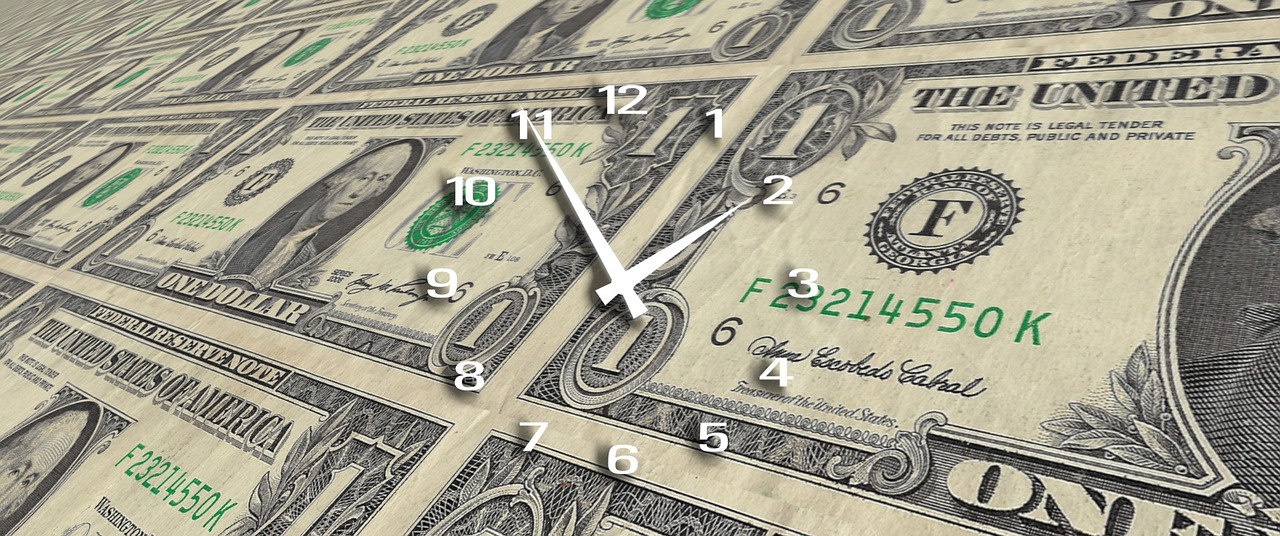What do diffusion indices say about the risk of recession in the US?

In 2016, the last time there were real fears of a US
recession, the economy’s weakness was intense, but very much focused on certain
sectors or regions.
At the start of this year, it is the reverse – the weakness is diffuse
(exhibited by industry, consumption and property) but not intense. By making
the entire economy more vulnerable to a shock, this second situation is less
comfortable and justifies a more marked increase in probabilities of recession.
Nevertheless, the most recent developments point to an improvement, with a
rebound in consumption and property sales.
After looking at the last leading indicators of recession (rates
curve, initial jobless claims) we are now gauging the diffusion, by sector and
region, of the recent weakness of the US cycle.
During the previous cold snap in 2016, we had already looked at the diffusion
indices . Rather than focusing on GDP, which has its limits, we noted that the
“3D rule” was a more useful criterion:
depth, duration and diffusion.
A recession implies an intense, durable and diffuse contraction in activity. At
the time, the intensity and duration criteria were partly met with the
ISM-manufacturing lower than 50 points for five consecutive months. However,
there was not much diffusion. The weakness was mainly confined to the oil
sector and the handful of states with the greatest dependency on it. Today, the
reverse applies. We can see weaknesses in a larger number of sectors such as
industry, consumption and residential property . Geographically too, the
slowdown is affecting more states. The aggregate diffusion indices, whose rise
above the 50% mark preceded or marked the start of the past three recessions,
came to 37% in February , its highest point since 2010. This time, however, the
intensity criterion has not been met. Aggregating the available confidence
indices shows, granted, a clear slowdown compared with 2018 but the absolute
level remains solid at 55 points in March vs a low point of 51.5 in January
2016. The current situation is probably less comfortable because the entire
economy is vulnerable in the event of an external shock which could be, for
instance, financial in nature.
This is why the probabilities rates derived from the usual models are higher
than three months ago.
They are nevertheless still in the minority

